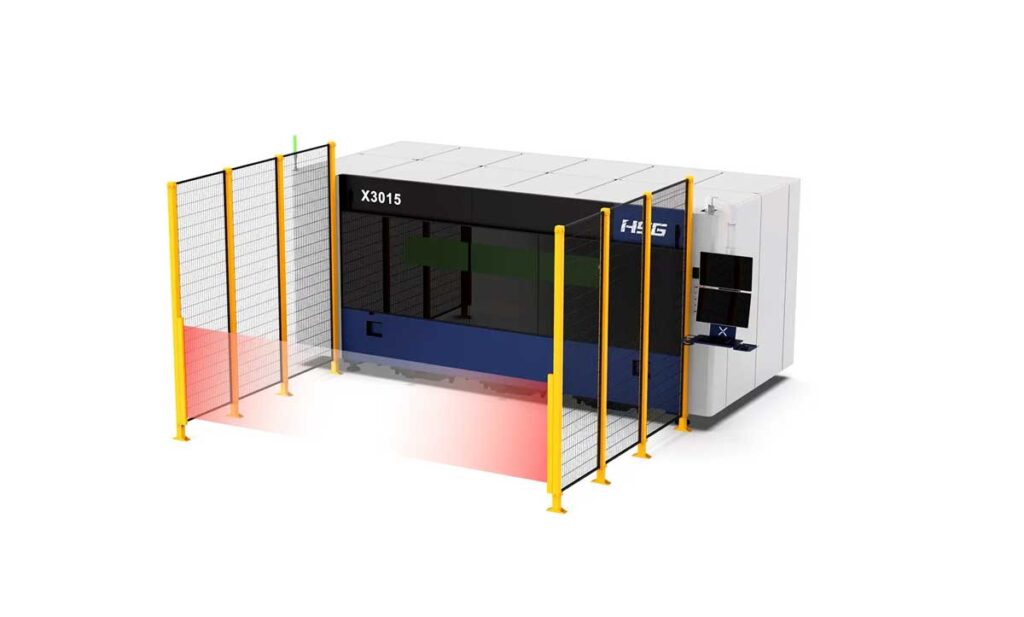In today’s fast-paced manufacturing environment, staying ahead of the curve is crucial. I have witnessed firsthand how cutting-edge flat laser technology can revolutionize productivity and efficiency. With a commitment to honesty and a consultative approach, I aim to provide insights into how advanced flat laser systems can maximize output and enhance customer satisfaction.
Introduction to Flat Laser Technology
Flat laser technology has emerged as a game-changer in the manufacturing industry. By utilizing high-powered lasers to cut and engrave materials with unparalleled precision, this technology offers a significant upgrade over traditional methods. The ability to produce intricate designs and complex shapes with minimal waste makes flat laser systems an invaluable asset for any production line.
One of the key aspects of flat laser technology is its versatility. Whether working with metals, plastics, or composites, these systems can handle a wide range of materials with ease. This adaptability not only broadens the scope of potential applications but also streamlines the production process, reducing the need for multiple machines and tools.
Moreover, flat laser technology is known for its speed and efficiency. The rapid cutting capabilities of these systems can significantly reduce production times, allowing manufacturers to meet tight deadlines and increase overall throughput. This efficiency is further enhanced by the automation features that many modern flat laser systems offer, minimizing the need for manual intervention and reducing the risk of human error.
At Mac-Tech, we understand the importance of staying at the forefront of technological advancements. Our commitment to providing state-of-the-art flat laser systems ensures that our clients can leverage the latest innovations to boost their productivity and maintain a competitive edge in the market.
Key Benefits of Flat Laser Tech
One of the most compelling benefits of flat laser technology is its precision. The high level of accuracy achieved by these systems ensures that each cut is clean and exact, reducing the need for secondary processing and minimizing material waste. This precision is particularly beneficial for industries that require intricate designs and tight tolerances, such as aerospace and medical device manufacturing.
Another significant advantage is the cost savings associated with flat laser technology. By reducing material waste and minimizing the need for additional processing steps, manufacturers can lower their overall production costs. Additionally, the efficiency and speed of flat laser systems can lead to shorter production cycles, further enhancing cost-effectiveness.
Flat laser technology also offers enhanced flexibility. With the ability to quickly switch between different materials and cutting patterns, manufacturers can easily adapt to changing production requirements. This flexibility is crucial in today’s dynamic market, where the ability to respond swiftly to customer demands can make all the difference.
Finally, the integration of automation features in modern flat laser systems can lead to substantial productivity gains. Automated loading and unloading, real-time monitoring, and advanced software controls all contribute to a more streamlined and efficient production process. These features not only boost output but also improve overall product quality and consistency.
Innovations in Flat Laser Systems
The field of flat laser technology is constantly evolving, with new innovations emerging to further enhance its capabilities. One of the most notable advancements is the development of fiber laser systems. These lasers offer higher power and efficiency compared to traditional CO2 lasers, resulting in faster cutting speeds and improved energy consumption.
Another exciting innovation is the integration of advanced software solutions. Modern flat laser systems are equipped with sophisticated software that allows for precise control over cutting parameters, real-time monitoring, and predictive maintenance. These software tools enable manufacturers to optimize their production processes and ensure consistent quality.
The advent of hybrid laser systems is also worth mentioning. These systems combine the strengths of different laser technologies, such as fiber and CO2 lasers, to offer unparalleled versatility and performance. Hybrid lasers can handle a wider range of materials and cutting applications, making them an ideal choice for manufacturers with diverse production needs.
Additionally, advancements in automation technology have significantly impacted flat laser systems. Features such as automated material handling, robotic integration, and smart sensors have transformed these systems into highly efficient and autonomous production units. These innovations not only enhance productivity but also reduce the reliance on manual labor, leading to cost savings and improved safety.
Applications of Advanced Laser Tech
The applications of advanced flat laser technology are vast and varied, spanning multiple industries. In the automotive sector, flat laser systems are used for cutting and welding components with high precision, ensuring the structural integrity and performance of vehicles. The ability to produce complex shapes and intricate designs also makes these systems ideal for creating custom parts and prototypes.
In the aerospace industry, flat laser technology plays a crucial role in the manufacturing of aircraft components. The precision and accuracy of laser cutting are essential for meeting the stringent quality standards required in this field. Additionally, the ability to work with lightweight materials such as titanium and composites makes flat laser systems invaluable for producing fuel-efficient and high-performance aircraft.
The medical device industry also benefits greatly from advanced flat laser technology. The precision and cleanliness of laser cutting are critical for producing medical instruments and implants that meet strict regulatory requirements. Furthermore, the ability to create intricate and miniaturized components is essential for the development of advanced medical devices.
In the electronics industry, flat laser systems are used for cutting and engraving circuit boards, enclosures, and other components. The precision and speed of laser cutting ensure that electronic devices are manufactured with high quality and consistency. Additionally, the flexibility of flat laser technology allows for the rapid prototyping and production of custom electronic components.






